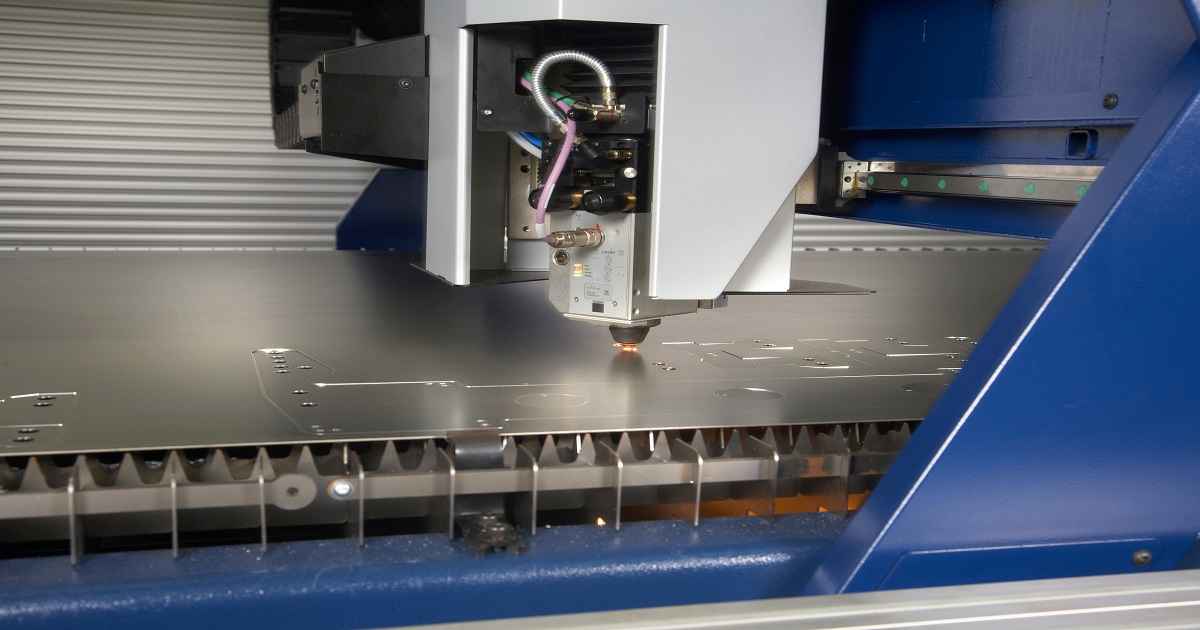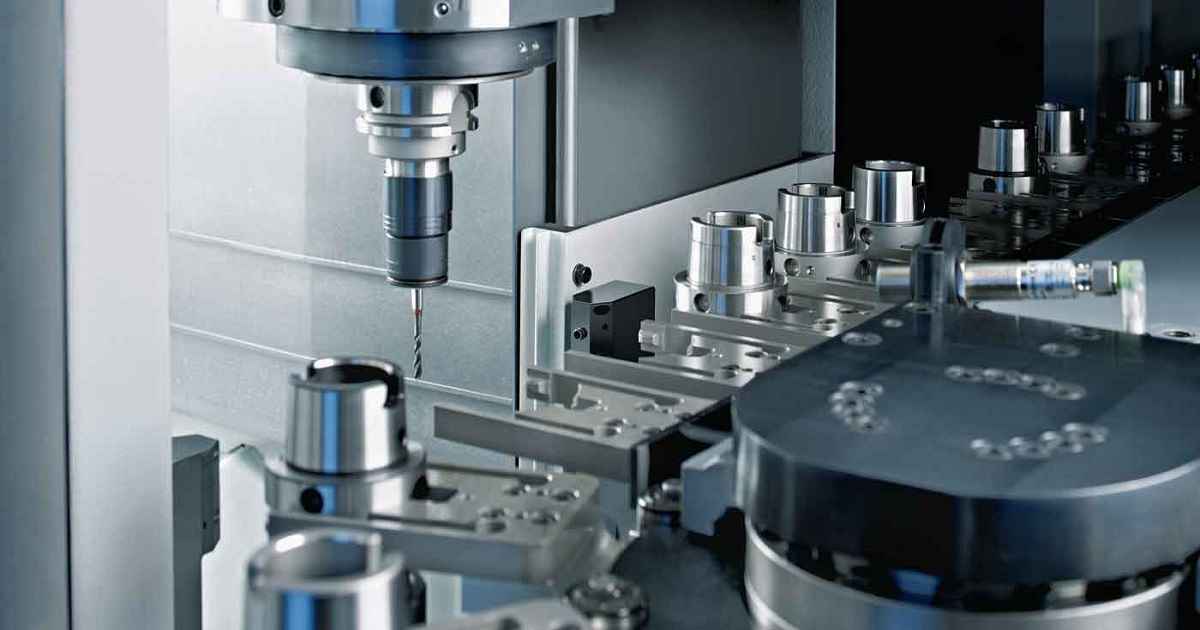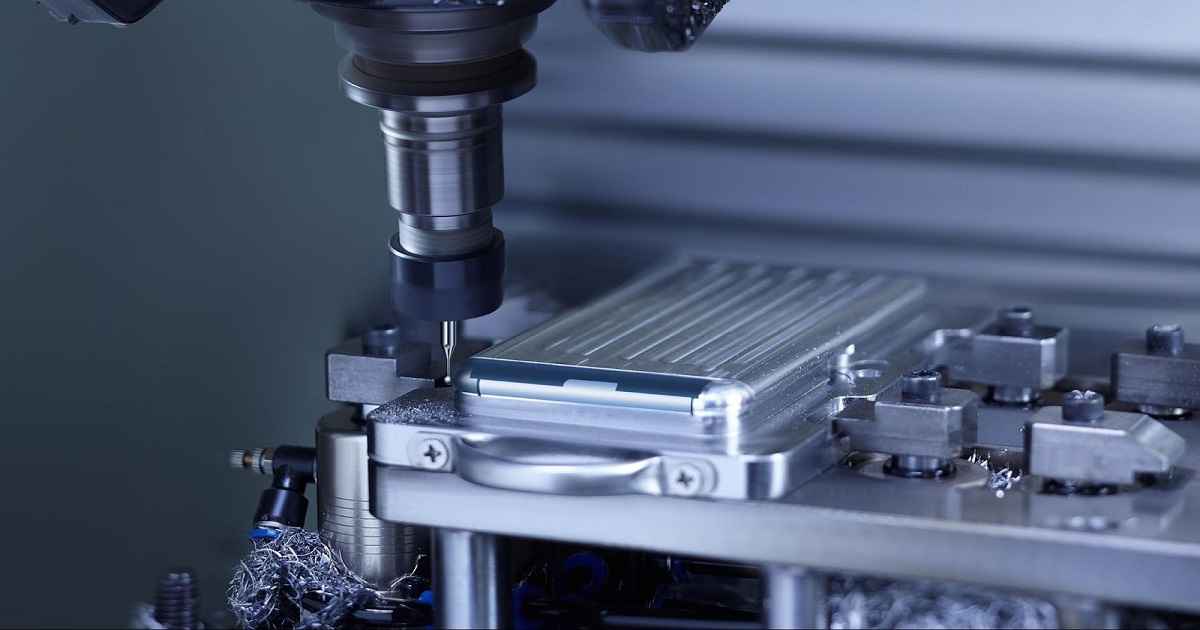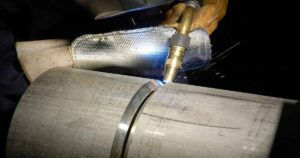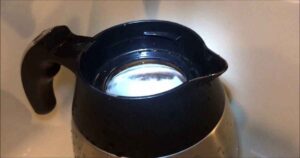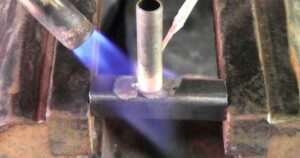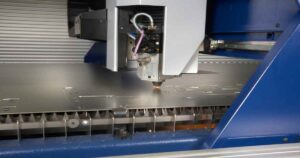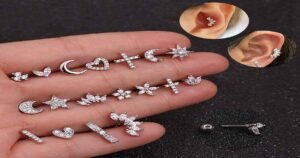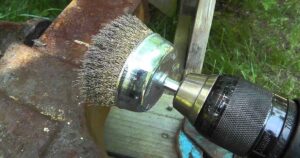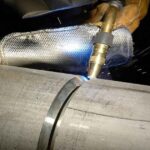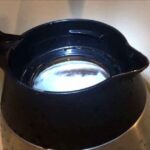Can Mold Grow on Stainless Steel? Understanding the Possibilities and Prevention
When it comes to kitchen appliances, industrial equipment, and even jewelry, stainless steel is a material prized for its durability and resistance to corrosion. However, one question that often arises is whether mold can grow on stainless steel. Given its widespread use in environments prone to moisture, it’s important to understand the conditions under which mold can develop on this material and how to prevent it.
The Nature of Mold Growth
Mold is a type of fungus that thrives in moist, warm environments. It reproduces through tiny spores that float through the air, landing on surfaces where they can begin to grow when conditions are right. Mold is not selective; it can grow on almost any surface that provides sufficient moisture and nutrients, including food residues or organic matter.
Can Mold Grow on Stainless Steel?
At first glance, stainless steel seems impervious to mold growth due to its non-porous surface and resistance to corrosion. However, the truth is that mold can grow on stainless steel under certain conditions. While the metal itself does not provide a food source for mold, organic materials that remain on the surface of stainless steel, such as food particles or grease, can. When combined with moisture, these conditions can create a suitable environment for mold spores to land and proliferate.
Factors Contributing to Mold Growth on Stainless Steel
- Moisture: The primary factor for mold growth is moisture. In environments with high humidity or where stainless steel items are frequently exposed to water, the risk of mold formation increases.
- Organic Material: Food residues, grease, and other organic materials that are not cleaned off stainless steel surfaces can serve as a nutrient source for mold.
- Lack of Airflow: Poor ventilation in areas where stainless steel items are stored can contribute to higher humidity levels, fostering an environment conducive to mold growth.
Preventing Mold Growth on Stainless Steel
- Regular Cleaning: One of the most effective ways to prevent mold growth is to clean stainless steel surfaces regularly. Use mild detergent and water to remove any organic residues. For tougher stains, a mixture of vinegar and water can be used as a natural disinfectant.
- Dry Surfaces Thoroughly: After cleaning, ensure that stainless steel surfaces are dried thoroughly. Use a clean towel or allow air drying in a well-ventilated area to remove any lingering moisture.
- Maintain Low Humidity: Use dehumidifiers or ensure adequate ventilation in areas where stainless steel items are stored, especially in kitchens, bathrooms, and industrial settings.
- Store Items Properly: Avoid stacking stainless steel kitchenware or equipment in a manner that traps moisture. Ensure that everything is completely dry before storage.
- Inspect and Maintain Appliances: Regularly check stainless steel appliances and fixtures for signs of moisture accumulation or water damage that could contribute to mold growth.
FAQs
- Is mold on stainless steel harmful?
- Mold can pose health risks, especially for individuals with allergies or compromised immune systems. It’s important to remove mold promptly from any surface, including stainless steel.
- Can mold damage stainless steel?
- While mold itself may not damage stainless steel, the conditions that allow mold to grow (such as moisture) can eventually lead to corrosion if not addressed.
- How do I remove mold from stainless steel?
- For minor mold growth, clean the area with a mixture of water and vinegar, then dry thoroughly. For more severe cases, commercial mold removers can be used, but ensure they are safe for use on stainless steel.
By taking proactive steps to minimize moisture and clean surfaces regularly, you can keep your stainless steel items free from mold and maintain their functionality and aesthetic appeal for years to come.
Conclusion
While stainless steel does not inherently support mold growth, the presence of moisture and organic material on its surface can create a suitable environment for mold. By understanding the conditions that facilitate mold growth and implementing preventative measures, you can maintain the integrity and appearance of your stainless steel items. Regular cleaning, thorough drying, and proper storage are key to preventing mold on stainless steel, ensuring that it remains a hygienic and durable choice for various applications.
